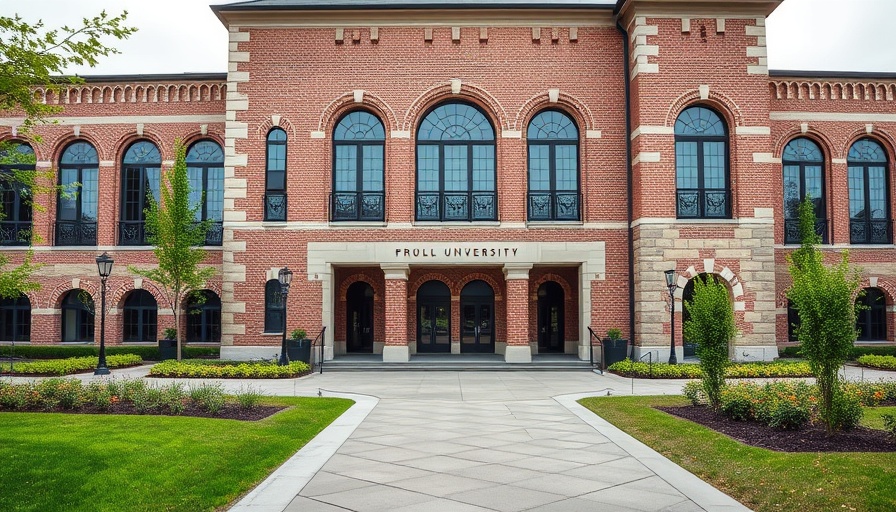
A New Era for Anderson Hall at Rice University
The renovation of Anderson Hall at Rice University is not just a physical update; it’s a transformative project that reinvigorates the space for students and faculty alike. Designed by the award-winning firm Kwong Von Glinow, the renovation aims to create a welcoming environment conducive to learning and collaboration.
Reviving Historical Elements for Modern Needs
This project thoughtfully honors the building's legacy. Originally constructed in 1947 by architects Staub and Rather, and updated in 1981 by James Stirling and Michael Wilford, the renovation incorporates elements from both eras. The architects undertook a significant design process that dug deep into the building's history, ensuring that the new facilities harmonize with the existing architecture while also meeting contemporary needs. The introduction of the Welcome Center, Student and Community Forum, and Faculty & Staff Lounge reflects a shift towards inclusivity and accessibility.
Focus on Interior Design: Marble, Granite, and More
As part of the renovation, an emphasis on high-quality materials like granite, marble, and tile complements the functional design of the spaces. These materials not only enhance the aesthetic value of Anderson Hall but also ensure durability and ease of maintenance for years to come. Collaborating closely with contractors, fabricators, and installers allows for a cohesive vision to be realized in the new interiors.
Creating a Space for Connection
The design philosophy revolves around creating spaces that foster interaction among students and faculty. By integrating elements that encourage community engagement and dialogue, the renovation aligns with modern educational methodologies. The spaces aim to facilitate not just academic discussions, but also informal gatherings that form the backbone of university life.
Looking Ahead: Future of Architecture at Rice
The Anderson Hall project is a showcase of how innovative architecture can serve educational environments. As Rice University continues to evolve, such renovations signal a commitment to blending tradition with contemporary educational needs. In doing so, they not only maintain the school's rich architectural heritage but also prepare students for future challenges.
 Add Row
Add Row  Add
Add 




Write A Comment